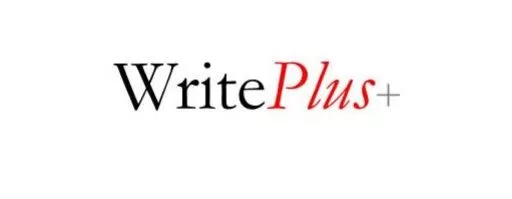with Anthony Newcombe

Topic: How and who will pay for COVID-19 vaccinations?
Issue: Pandemic, vaccination costs, and the risks of ongoing collateral damage in the U.S.
- Terminology:
Pandemic was recently dubbed the “word of the year” by Merriam-Webster (click link either left or below). Congrats, pandemic, you’ve officially arrived! However, now the discussion has shifted from acknowledgment of the pandemic (for many – but not all – of us) to another word, Vaccine/Vaccination.
Whereas ‘pandemic’ can be delivered to our shores for free, ‘vaccine’ cannot and will not come ashore for the same, wonderful price. What that leaves us with, is, how and who will be actually paying for the delivery and distribution of each vaccine? And, how much per dose?
- U.S. Imports: To me, it’s starting to take the form of most every other import into our country. Those who have the means will receive the goods, and those who don’t will just have to sit and wait. And since we’re not talking about the newest G.I. Joe (with the ‘Kung Fu grip’) toy or BMW model, it isn’t quite so simple a formula for success going forward.

